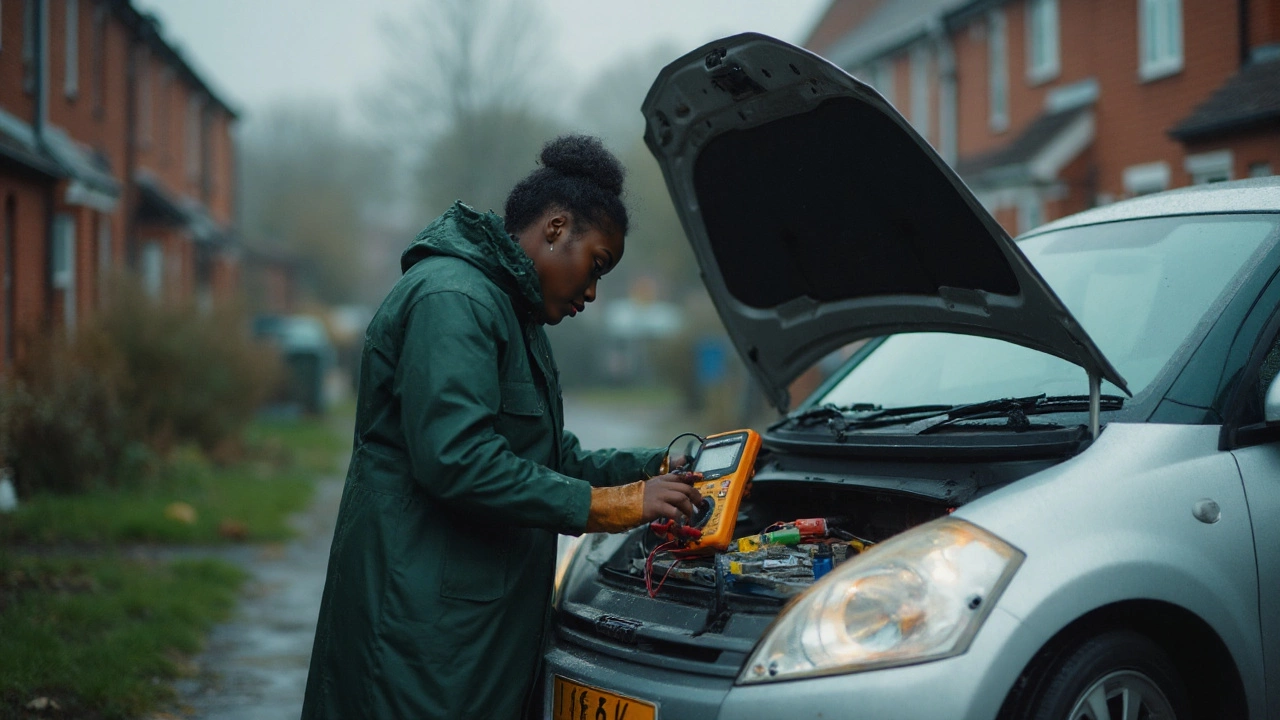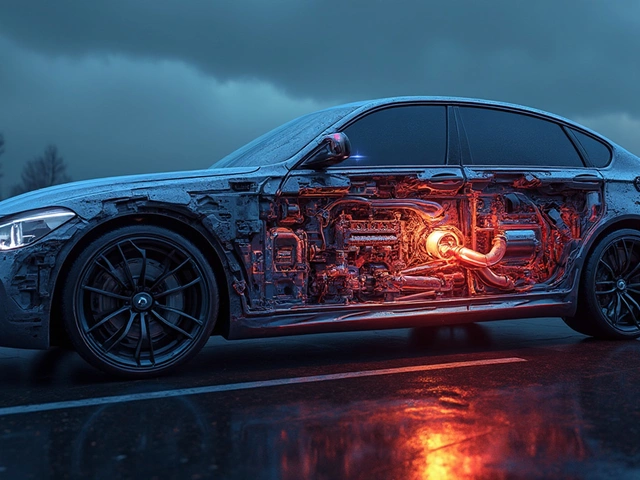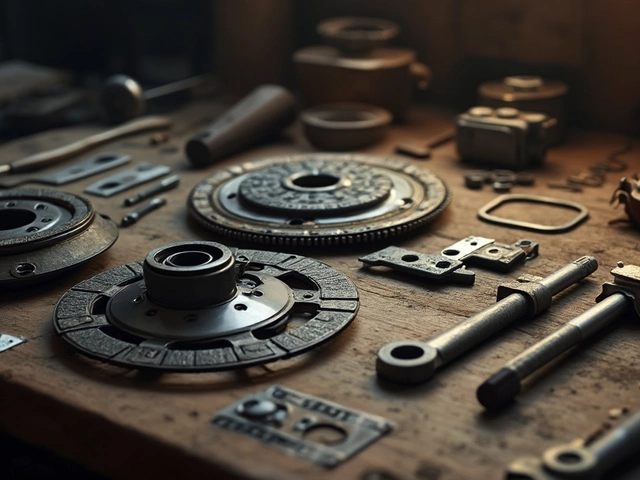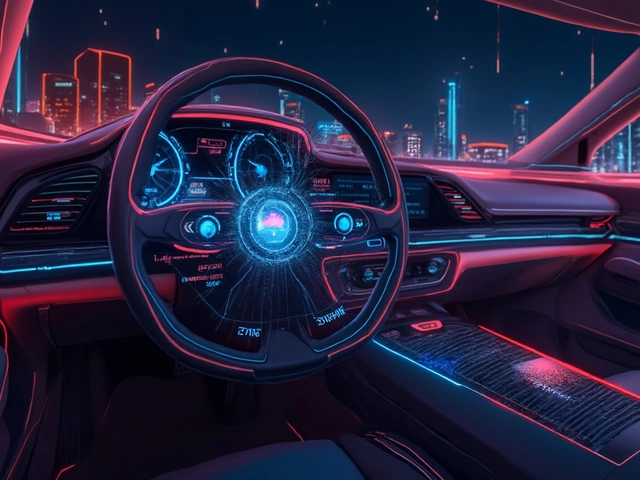Alternator vs Battery: What Keeps Your Car Running?
Ever wonder why your car starts, runs, and then dies if something goes wrong? The short answer is two parts – the battery and the alternator. They work together, but they do very different jobs. Knowing which one is at fault can save you time, money, and a lot of roadside hassle.
What the Battery Actually Does
The battery is the starter’s power pack. When you turn the key (or push the start button), the battery sends a burst of electricity to spin the engine and fire up the spark plugs. Once the engine is running, the battery also smooths out voltage spikes and powers things like lights and radio for a few seconds if the alternator can’t keep up.
What the Alternator’s Role Is
The alternator is the car’s on‑board generator. As soon as the engine is turning, the alternator creates electricity to recharge the battery and feed all the electrical accessories – headlights, AC, infotainment, you name it. If the alternator fails, the battery quickly drains because it’s doing all the work alone.
So, how can you tell which part is misbehaving? A dead battery will usually leave you stranded with a click‑click sound when you try to start. The lights might be dim, but the engine won’t turn over. An alternator problem, on the other hand, often shows up as a battery‑light on the dash, flickering headlights, or a whining noise from the engine bay.
Simple tests can help. A quick voltage check with a multimeter tells you a lot. A healthy battery should read about 12.6 V at rest and over 13.5 V when the engine is running (that’s the alternator charging). If the reading stays low while the engine runs, the alternator isn’t charging.
Maintenance is straightforward. Keep the battery terminals clean and tight to avoid corrosion. Check the electrolyte level on lead‑acid batteries and top up with distilled water if needed. For the alternator, make sure the drive belt is snug and in good shape – a slipping belt can mimic alternator failure.
If you’re buying a used car, ask the seller for a recent charging system test. It’s a cheap way to avoid a surprise. And if you hear that high‑pitched whine, it’s often the alternator bearing wearing out – replace it before it seizes.
When it comes time to replace either part, match the specs exactly. Batteries come in different sizes and cold‑cranking amps (CCA); choose one that fits your vehicle’s requirements. Alternators have specific output ratings (amps) and pulley arrangements – get the correct model for your engine.
Bottom line: the battery gives you the initial spark, the alternator keeps everything alive. Treat them both with proper care, run simple checks now and then, and you’ll keep your car humming without unexpected stalls.
 11 September 2025
11 September 2025
How to Tell If Your Car Needs a New Battery: Signs, Tests, and Costs
Know when to replace your car battery. Learn clear symptoms, quick tests, exact voltages, costs, and a repair vs replace decision tree you can use today.






0